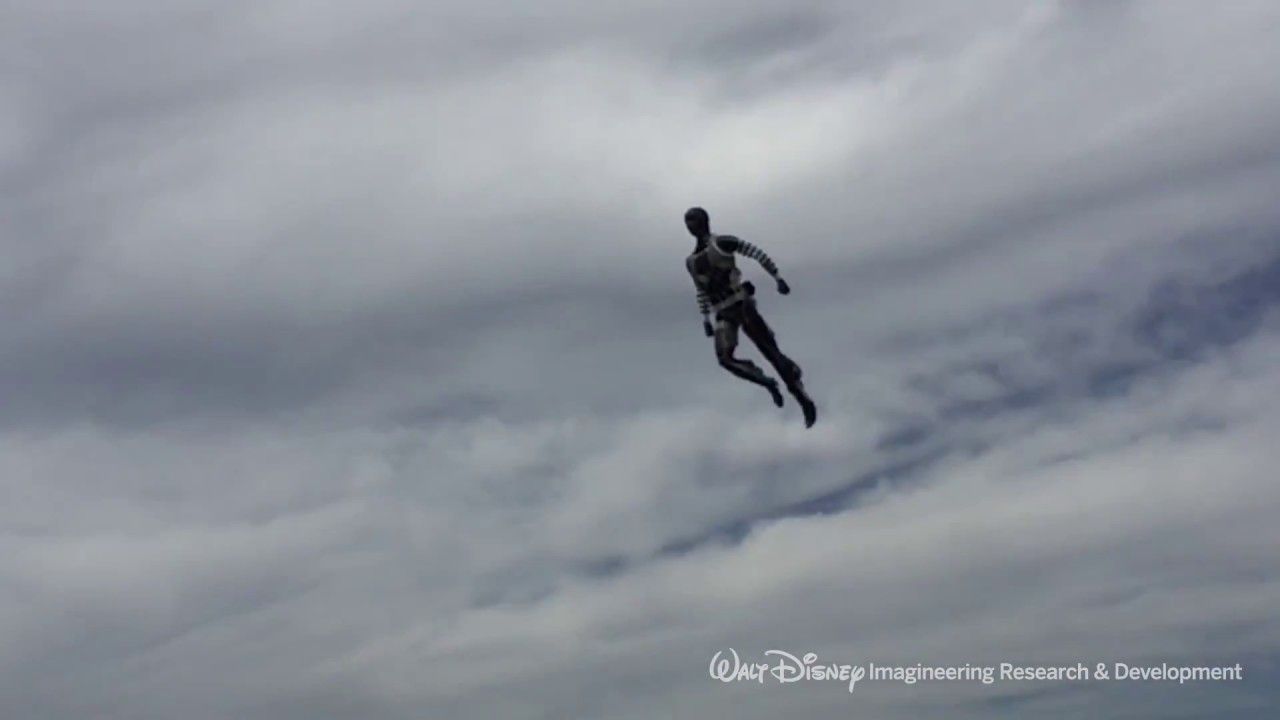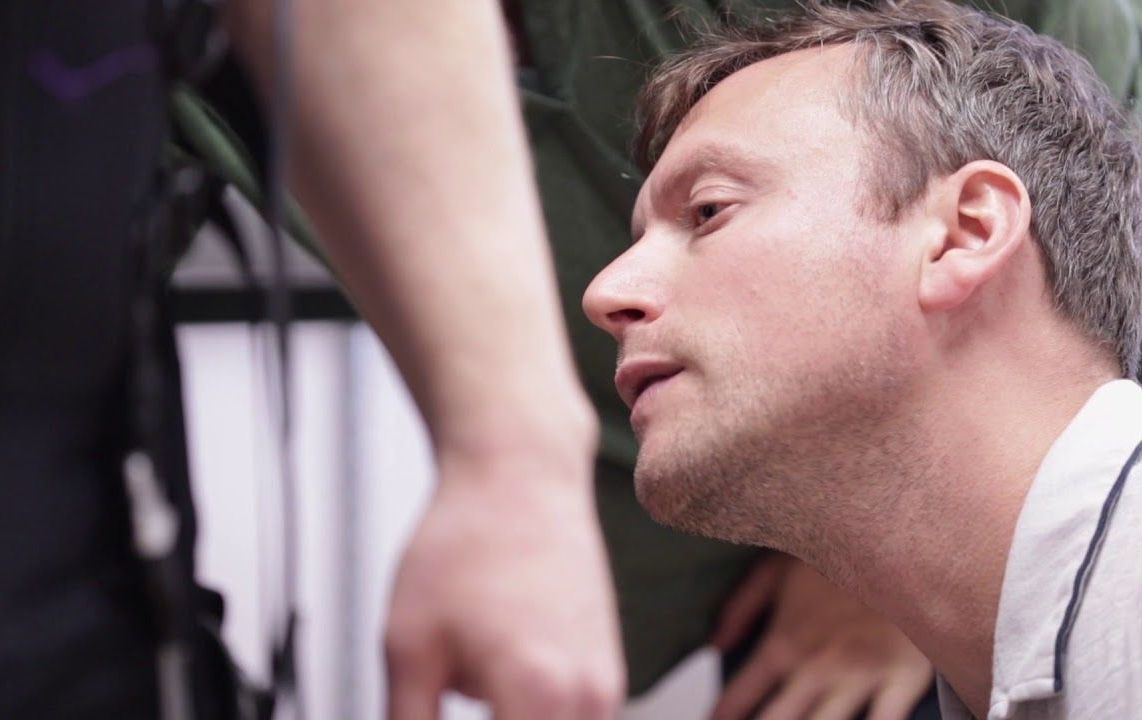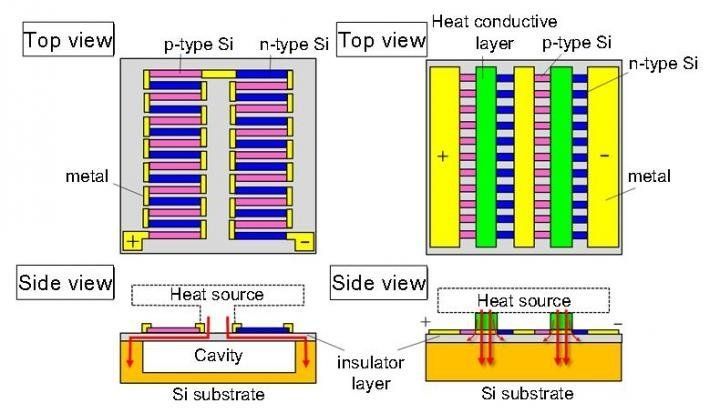Archive for the ‘robotics/AI’ category: Page 2000
Jul 6, 2018
High-power thermoelectric generator utilizes thermal difference of only 5C
Posted by Bill Kemp in categories: internet, nanotechnology, robotics/AI, wearables
A team of Japanese researchers from Waseda University, Osaka University, and Shizuoka University designed and successfully developed a high-power, silicon-nanowire thermoelectric generator which, at a thermal difference of only 5 degrees C, could drive various IoT devices autonomously in the near future.
Objects in our daily lives, such as speakers, refrigerators, and even cars, are becoming “smarter” day by day as they connect to the internet and exchange data, creating the Internet of Things (IoT), a network among the objects themselves. Toward an IoT-based society, a miniaturized thermoelectric generator is anticipated to charge these objects, especially for those that are portable and wearable.
Due to advantages such as its relatively low thermal conductance but high electric conductance, silicon nanowires have emerged as a promising thermoelectric material. Silicon-based thermoelectric generators conventionally employed long, silicon nanowires of about 10–100 nanometers, which were suspended on a cavity to cutoff the bypass of the heat current and secure the temperature difference across the silicon nanowires. However, the cavity structure weakened the mechanical strength of the devices and increased the fabrication cost.
Continue reading “High-power thermoelectric generator utilizes thermal difference of only 5C” »
Jul 6, 2018
London police chief ‘completely comfortable’ using facial recognition with 98 percent false positive rate
Posted by Amnon H. Eden in categories: law enforcement, robotics/AI
While facial recognition performs well in controlled environments (like photos taken at borders), they struggle to identify faces in the wild. According to data released under the UK’s Freedom of Information laws, the Metropolitan’s AFR system has a 98 percent false positive rate — meaning that 98 percent of the “matches” it makes are of innocent people.
The head of London’s Metropolitan Police force has defended the organization’s ongoing trials of automated facial recognition systems, despite legal challenges and criticisms that the technology is “almost entirely inaccurate.”
According to a report from The Register, UK Metropolitan Police commissioner Cressida Dick said on Wednesday that she did not expect the technology to lead to “lots of arrests,” but argued that the public “expect[s]” law enforcement to test such cutting-edge systems.
Jul 5, 2018
Robot Learns to Sort and Organize After Watching a Human Do It Only Once
Posted by Genevieve Klien in category: robotics/AI
Researchers at UC Berkeley have figured out a way to train robots by imitating humans, by showing them and not telling them what to do. This is a stride in being able to easily communicate with machines to hopefully usher in an age of robotic butlers and home assistants to serve humans’ needs.
Jul 5, 2018
To thrive in tomorrow’s economy, workers need to boost lifelong cognitive abilities
Posted by Alvaro Fernandez in categories: economics, robotics/AI
As we develop robots with increasingly human-like capabilities, we should take a closer look at our own. Only by learning to overcome – or at least evade – our cognitive limitations can we have long and fruitful careers in the new global economy.”
___
The Cognitive Limits of Lifelong Learning (Project Syndicate):
Jul 4, 2018
Look, up in the sky! It’s Disney’s new autonomous acrobatic robot
Posted by Shailesh Prasad in categories: futurism, robotics/AI

Disney’s animatronics are coming a long way from drunken pirates waving flagons of ale or hippos that wiggle their ears. In the (relatively) near future, robotic versions of Iron Man or Buzz Lightyear could be performing autonomous acrobatics overhead in Disney theme parks, thanks to the newly-unveiled Stuntronics robot.
Animatronic characters have populated Disney parks for more than half a century, albeit often just looping a specific movement over and over. In recent years Disney Research has tried to make the robots more agile and interactive, developing versions that can grab objects more naturally, and even juggle and play catch with visitors.
Continue reading “Look, up in the sky! It’s Disney’s new autonomous acrobatic robot” »

Seen this video going around. I think this is more of a fancy dummy than a robot, cause if they had video of it walking around i’m sure they would of posted it. The Atlas robot will be able to do stuff like this in a couple of years. Disney probably wants to build some circus attraction where it would be cheaper and safer to have the robots doing the stunts than the people.
In Unrelated news robot news. Supposedly Honda has killed off the Asimo robot, figured that was coming when they didnt even attempt to send it out to the robot competitions, which gives some idea how bad it really must of been behind the scenes; its claim to fame though will be proving that robots that walked like people were possible.
Jul 3, 2018
This AI Analyzes Ash to Figure out the Cause of a Volcanic Eruption
Posted by Genevieve Klien in category: robotics/AI
Scientists have created an AI system that categorizes volcanic ash by shape, which can help researchers determine the type of eruption that caused it.
Jul 2, 2018
I never said that! High-tech deception of ‘deepfake’ videos
Posted by Genevieve Klien in categories: robotics/AI, security
WASHINGTON — Hey, did my congressman really say that? Is that really President Trump on that video, or am I being duped?
New technology on the internet lets anyone make videos of real people appearing to say things they’ve never said. Republicans and Democrats predict this high-tech way of putting words in someone’s mouth will become the latest weapon in disinformation wars against the United States and other Western democracies.
We’re not talking about lip-syncing videos. This technology uses facial mapping and artificial intelligence to produce videos that appear so genuine it’s hard to spot the phonies. Lawmakers and intelligence officials worry that the bogus videos — called deepfakes — could be used to threaten national security or interfere in elections.
Continue reading “I never said that! High-tech deception of ‘deepfake’ videos” »
Jul 1, 2018
AI on Track to Achieving Superintelligence?
Posted by Bill Kemp in categories: innovation, robotics/AI

Should we be fearful of artificial intelligence and the pace at which it’s progressing? Or should we fear fear itself and the risk of it stifling innovation?
Wherever this may be heading, the march of progress shows fews signs of slowing down. Which companies and countries are leading the way?
Continue reading “AI on Track to Achieving Superintelligence?” »















